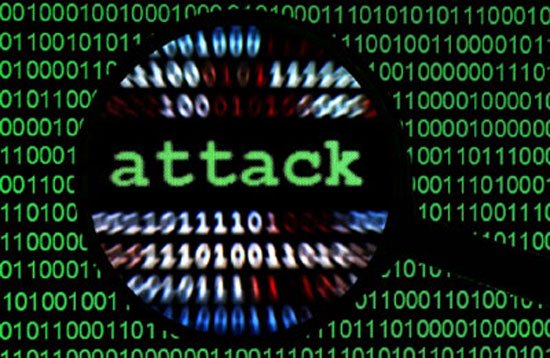The Ministry of Information and Communications (MIC) has launched the “Review and remove malware nationwide in 2020” campaign to enhance the country's network security.

The Ministry of Information and Communications (MIC) has launched the “Review and remove malware nationwide in 2020” campaign to enhance the country's network security.
The campaign aims to reduce the malicious code infection rate by 50 per cent. It also aims to cut the number of Vietnamese IP addresses in 10 popular botnets – a collection of internet-connected devices infected by malware that allow hackers to control them – in half.
It would also take Viet Nam out of reports on malware infection rates.
The National Digital Transformation Programme, approved by Prime Minister Nguyen Xuan Phuc in early June 2020, says ensuring network safety and security is key to digital transformation. All IT equipment, products, software, information systems and investment projects have mandatory components on network safety and security.
The ministry has clarified cyber safety and security a prerequisite for e-government development and digital transformation.
However, according to security firms, malware infection in Viet Nam has decreased but still remained high compared to other countries. Statistics showed that Viet Nam has about 16 million IPv4 addresses, of which about three million IP addresses are regularly blacklisted by many international organisations, while two million IP addresses are regularly found in botnets.
The campaign will allow people to use malware prevention software for free via https://khonggianmang.vn.
A representative from the ministry’s Department of Information Security said the campaign is for businesses and home network systems and equipment. The group accounts for the majority of the IP addresses.
|
In August this year, the Department of Information Security recorded 517 cyber attacks on information systems in Viet Nam (199 phishing cases, 160 deface attacks and 158 malware attacks), falling 0.77 per cent over the previous month. The number of Vietnamese IP addresses in botnet networks is over 2 million, a decrease of 0.03 per cent compared to July. The number of recorded cyber attacks, warnings and the number of botnet IP addresses showed a slight decrease in the last three months. The decrease was due to the department continuing to strengthen the recording, warnings and instructions on information security. However, cyber attackers have still taken advantage of concerns about the pandemic to increase the spread of malicious code. The number of IP botnets compared to the same period last year was still at a high level. To ensure network security, the department would strengthen monitoring and active scanning on Viet Nam’s cyberspace. |
The campaign would also contribute to improving the country's reliability in e-transactions, thus promoting socio-economic development and contribute to ensuring national defence and security.
The department would co-operate with VNPT, Viettel, CMC, FPT, BKAV and Kaspersky to implement the campaign.
The campaign would assess 10 major botnets that need to be treated with priority, build and deploy tools on a large scale, whereby users get free downloads to inspect and remove malicious code from their computers.
“After the campaign, we will evaluate results and plan to implement future campaigns,” the department said.
The campaign has been implemented in all provinces and cities from the local to the central level, through specialised IT units of ministries, branches and localities, State groups and corporations, commercial banks and financial institutions.
In addition, it has also received support from organisations, corporations and major security firms such as Kaspersky, Group-IB, FireEye, F-Secure and ESET.
The campaign has been implemented gradually. The ministry hopes it will achieve positive results, contributing to clean malware from Viet Nam’s cyberspace. This will help ensure safety for transactions of agencies and enterprises, as Viet Nam is accelerating digital transformation towards the development of digital government, digital economy and digital society, it added. — VNS





